
Changing production thinking
Along with the growth of the Agriculture and Environment sector nationwide, Son La Agriculture and Environment sector has strived to overcome many difficulties and challenges. From a shortage of food, small-scale production, self-sufficiency, Son La has now become one of the major agricultural centers of the Northern mountainous region, with many typical products reaching the domestic market and export. Agriculture has strongly shifted from "quantity" to "quality", applying science and technology, high technology in production, associated with processing and consumption of products according to the value chain. The lives of rural people have been constantly improved, rural infrastructure has changed significantly, the ecological environment has been protected, natural resources have been managed strictly and sustainably.
Recalling the period of strong transformation of the province's agriculture, Mr. Ha Quyet Nghi, former Director of the Department of Agriculture and Rural Development in the period 2008-2019, shared: During this period, we determined to completely change the production mindset, from small-scale to commodity production according to market demand. Son La began to form concentrated fruit growing areas, select suitable and high-value tree varieties, and at the same time focus on building agricultural product brands. The industry also advised the province to issue plans to restructure the agricultural sector in the following fields: Cultivation, livestock, forestry, and aquaculture; expand cooperation with businesses, connect with international certification organizations, support farmers to apply advanced techniques, improve productivity and product quality.
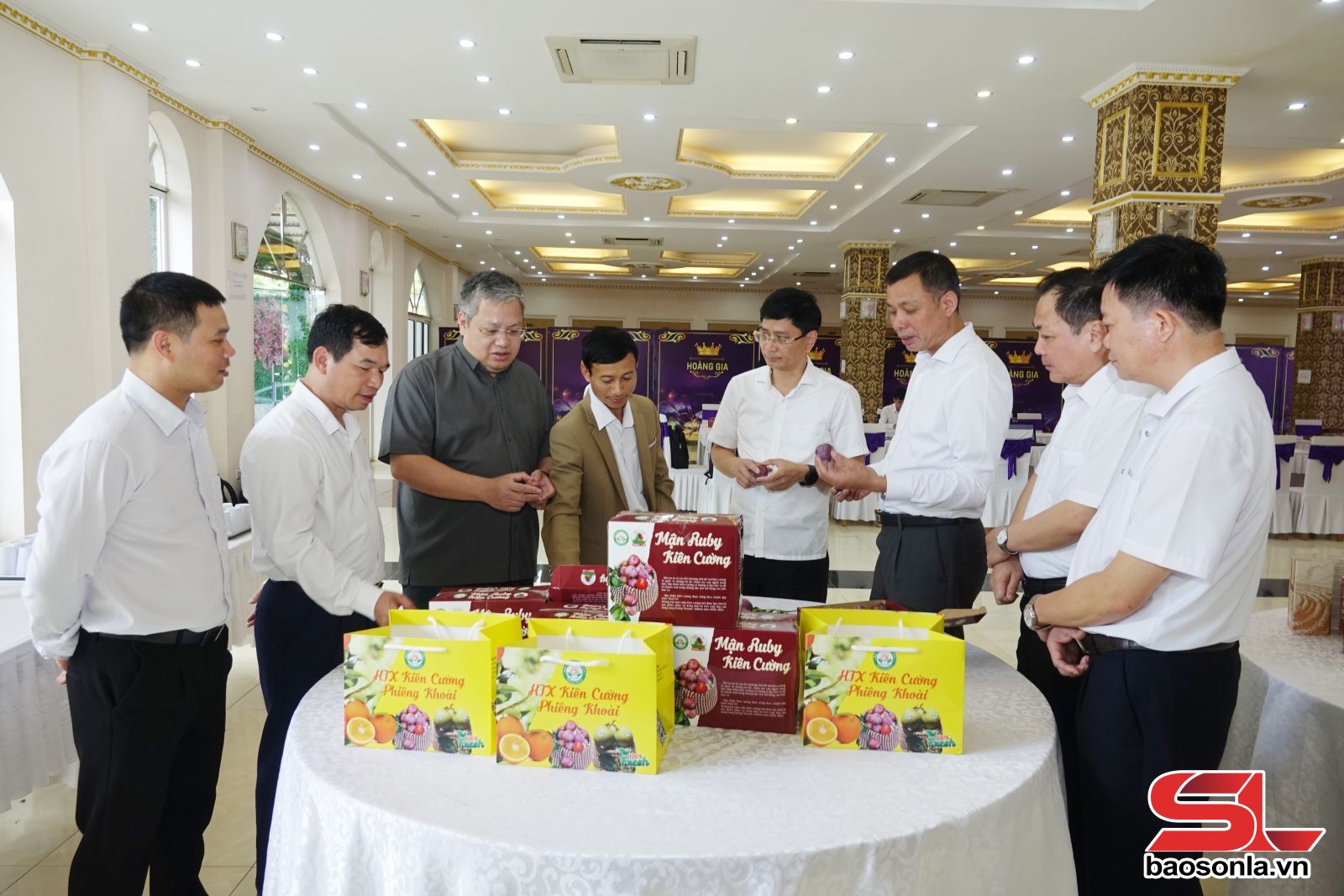
A major turning point for Son La agriculture was when the Provincial Party Committee Standing Committee issued Conclusion No. 121-TB/TU on November 30, 2015 on growing fruit trees on sloping land. The correct, accurate and popular policy opened a new era for the province's agriculture, transforming the crop structure, exploiting the advantages of each region, making fruit trees, coffee, tea... become key products. A series of support policies attracted businesses and cooperatives to invest in agriculture, gradually forming an agricultural economic mindset to replace agricultural production.
Local people in the province have converted over 33,000 hectares of land for growing food crops and low-yield crops to fruit trees. Up to now, the area of key industrial crops is over 85,000 hectares, with an output of over 1.2 million tons/year, an average increase of 21.9%/year. The area of fruit trees is over 90,000 hectares, with an output of about 510,000 tons/year. Many products have been granted growing area codes, traceable origins and exported to potential markets.
The average GRDP growth rate of the agriculture, forestry and fishery sector reached 5.1%/year, many production targets exceeded the plan and maintained stable growth. Son La is currently a major agricultural commodity production center of the Northern mountainous region, with agricultural products with high competitive advantages, initially affirming its position in the domestic and international markets, and at the same time being capable of supplying raw materials for agricultural processing facilities.
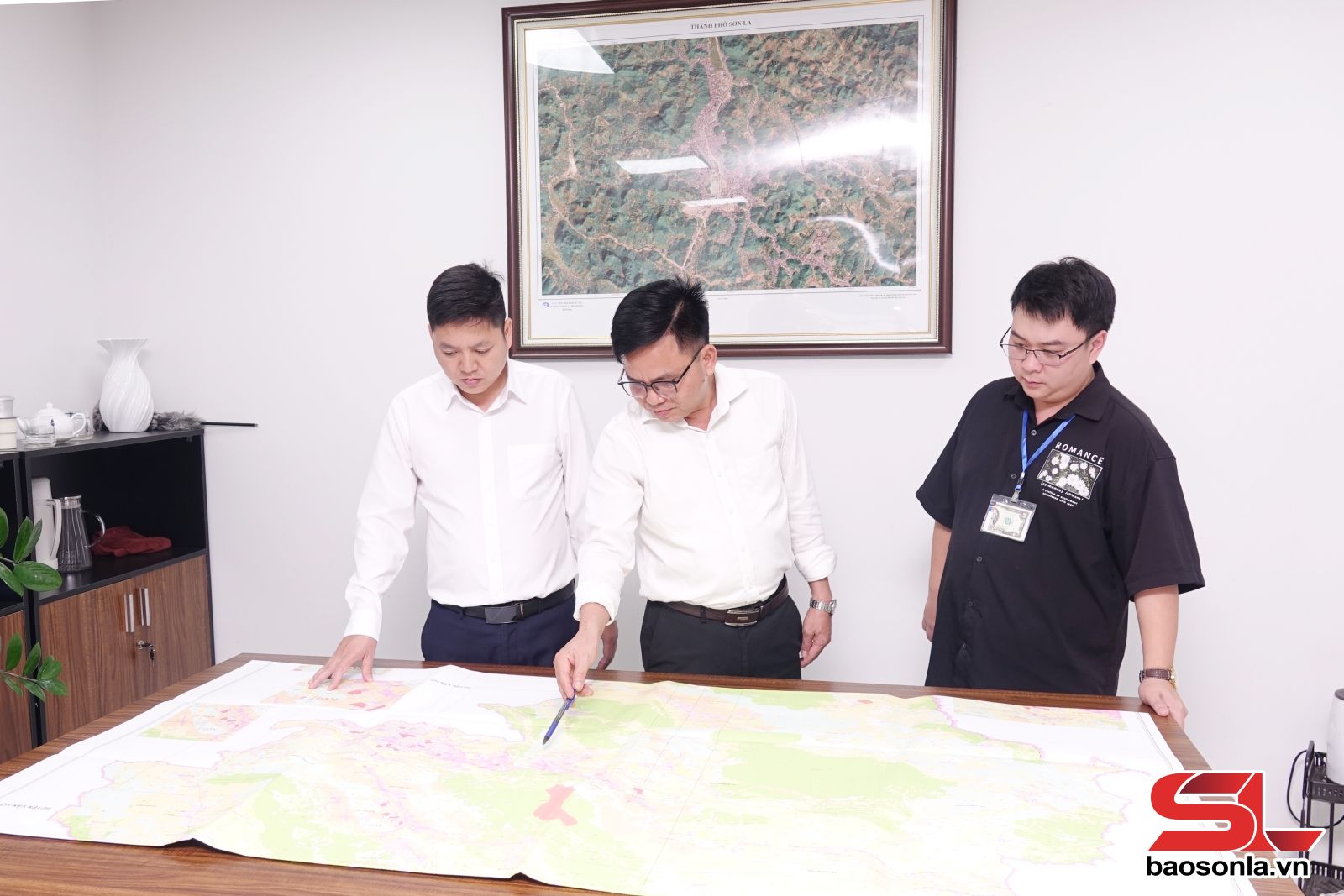
Development and integration
The year 2025 marks an important turning point when the Agriculture and Rural Development sector and the Natural Resources and Environment sector merge according to the policy of streamlining, effectiveness and efficiency. Comrade Phung Kim Son, Director of the Department of Agriculture and Environment, said: This is not only a change in organization, but also a strategic step towards unified management of land, water, forest and environmental resources, serving the development of green agriculture and sustainable rural areas. Since the merger, the Department has quickly stabilized the organizational structure, synchronously deployed state management tasks in all fields, ensuring smooth operations from the province to the grassroots. The affiliated units proactively coordinate, take advantage of professional strengths, thereby improving efficiency in resource management, production development, ecological environment protection and improving livelihoods for people.
Effectively implementing the objectives of Resolution No. 19-NQ/TW dated June 16, 2022 of the 5th Conference of the 13th Party Central Committee on agriculture, farmers, and rural areas to 2030, with a vision to 2045 and the Resolution of the 16th Provincial Party Congress, term 2025-2030, the Department of Agriculture and Natural Resources and Environment continues to promote administrative reform, creating a favorable environment to attract investment and develop modern and sustainable agriculture. The Department continues to advise the province to perfect mechanisms and policies for developing high-tech, organic, and ecological agriculture; planning concentrated production areas associated with the advantages of each locality; synchronously investing in infrastructure, and soon implementing the Son La High-Tech Agricultural Zone.

The focus of sustainable agricultural development associated with the processing industry of our province in the coming period is to achieve the goal of developing concentrated, sustainable agriculture, applying high technology on the basis of promoting the potential and advantages of each region; increasing income value per unit area, increasing the competitiveness of the province's key agricultural products, responding to climate change, and sustainable development. Promoting the development of agricultural processing industry, creating competitive products with high added value, as a basis to promote agricultural production, create more jobs, increase income, improve people's lives, protect the environment, increase budget revenue, contributing to promoting the socio-economic development of the province.
Agricultural development associated with high-tech application, digital transformation and processing industry must take rural people as the subject and center of the process of agricultural development, rural economy and new rural construction. Mobilize all resources and economic sectors to participate in agricultural production and processing. Promote production linkages along the value chain, from developing raw material areas, collecting, preserving, processing; consuming and exporting products.
Along with production development, the industry pays special attention to resource management and environmental protection, considering this a fundamental factor for sustainable development. Solutions are deployed synchronously, from managing, using effectively and saving land, water and mineral resources to enhancing pollution prevention and control, adapting to climate change. Many models of rural household waste treatment, afforestation, and upstream forest restoration are implemented effectively, contributing to maintaining ecological balance, protecting the living environment, towards the goal of green development, circular and sustainable agriculture.
With high political determination, the companionship of all levels, sectors and people, the Son La Agriculture and Environment sector continues to promote the tradition of 80 years of construction and growth, firmly stepping on the new path, contributing to the successful implementation of the goal of making Son La become the economic - social center of the Northwest sub-region, together with the whole country firmly entering a new era, the era of national growth.
Achievement list ★ 2 Third Class Independence Medals ★ 5 First Class Labor Medals ★12 Second Class Labor Medals ★42 Third Class Labor Medals ★ 8 Labor Heroes ★ 29 Government Emulation Flags ★ 176 Emulation Flags of the Ministry and Provincial People's Committee ★ 81 Certificates of Merit from the Prime Minister ★ 650 Excellent Labor Collective ★ 3 National Emulation Fighters ★ 392 Certificates of Merit from Central Ministries and Branches ★ 68 Provincial Emulation Fighters ★ 1,765 Certificates of Merit from the Provincial People's Committee ★ 35 Creative Labor Certificates from the Provincial Labor Federation ★ 2,900 Emulation Soldiers at the grassroots level |
Source: https://baosonla.vn/nong-nghiep/tu-nong-nghiep-tu-cung-tu-cap-den-san-xuat-hang-hoa-2uXeYimDg.html




![[Photo] Unique architecture of the deepest metro station in France](https://vphoto.vietnam.vn/thumb/1200x675/vietnam/resource/IMAGE/2025/11/14/1763107592365_ga-sau-nhat-nuoc-phap-duy-1-6403-jpg.webp)


![[Photo] Unique art of painting Tuong masks](https://vphoto.vietnam.vn/thumb/1200x675/vietnam/resource/IMAGE/2025/11/14/1763094089301_ndo_br_1-jpg.webp)


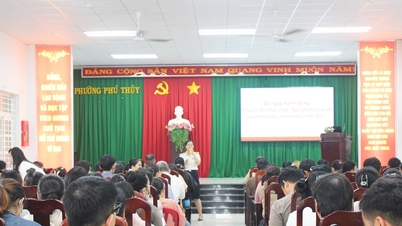

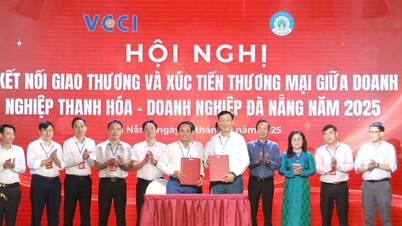
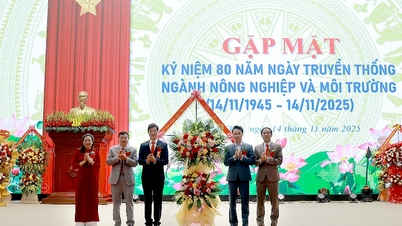


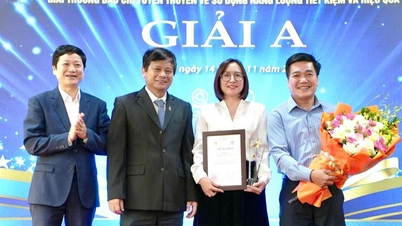






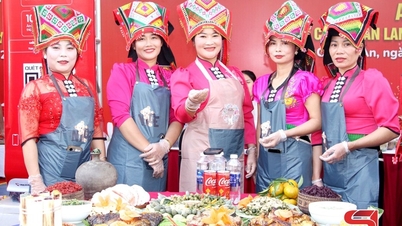



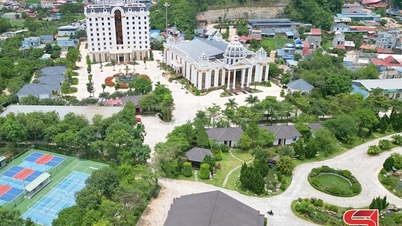

![[Photo] Special class in Tra Linh](https://vphoto.vietnam.vn/thumb/1200x675/vietnam/resource/IMAGE/2025/11/14/1763078485441_ndo_br_lop-hoc-7-jpg.webp)













































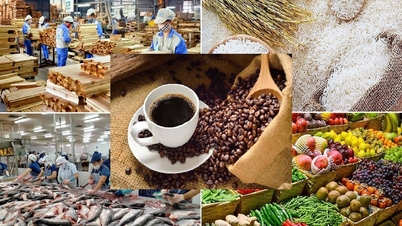


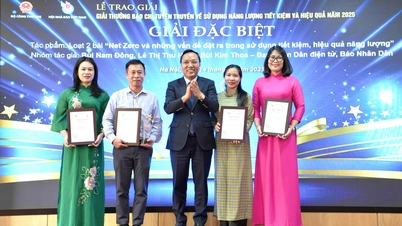

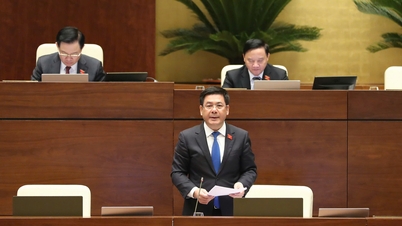







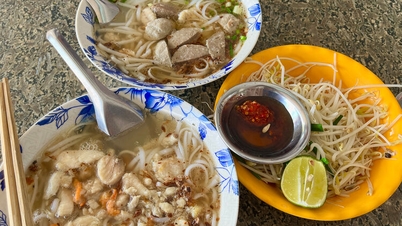










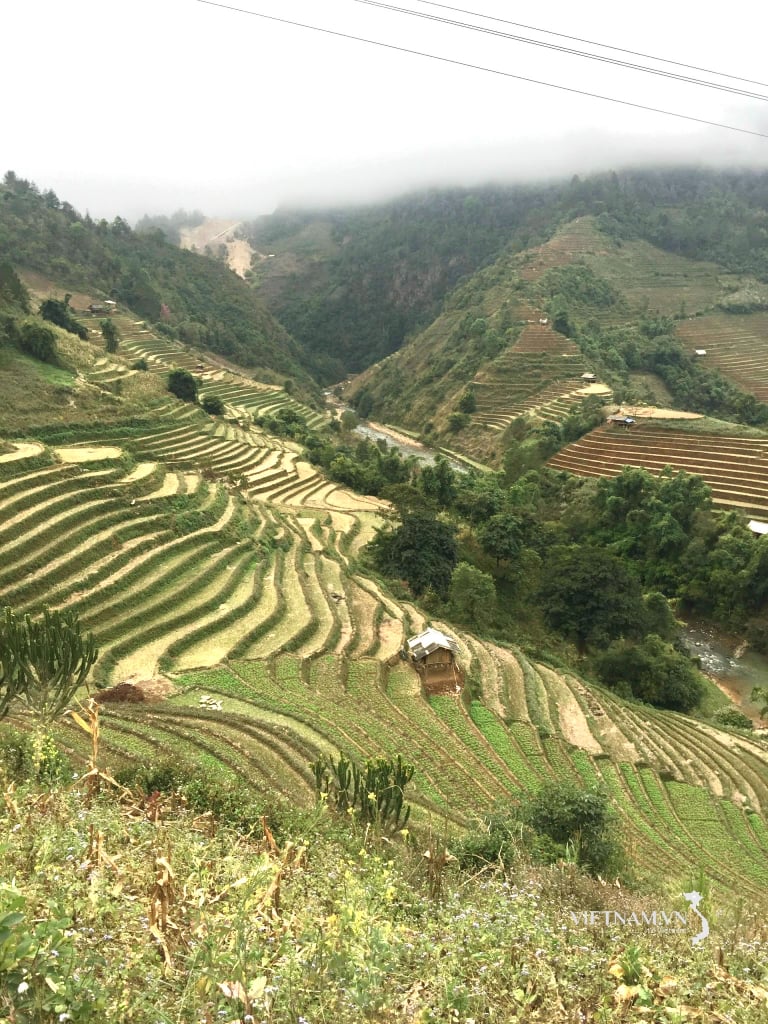



Comment (0)